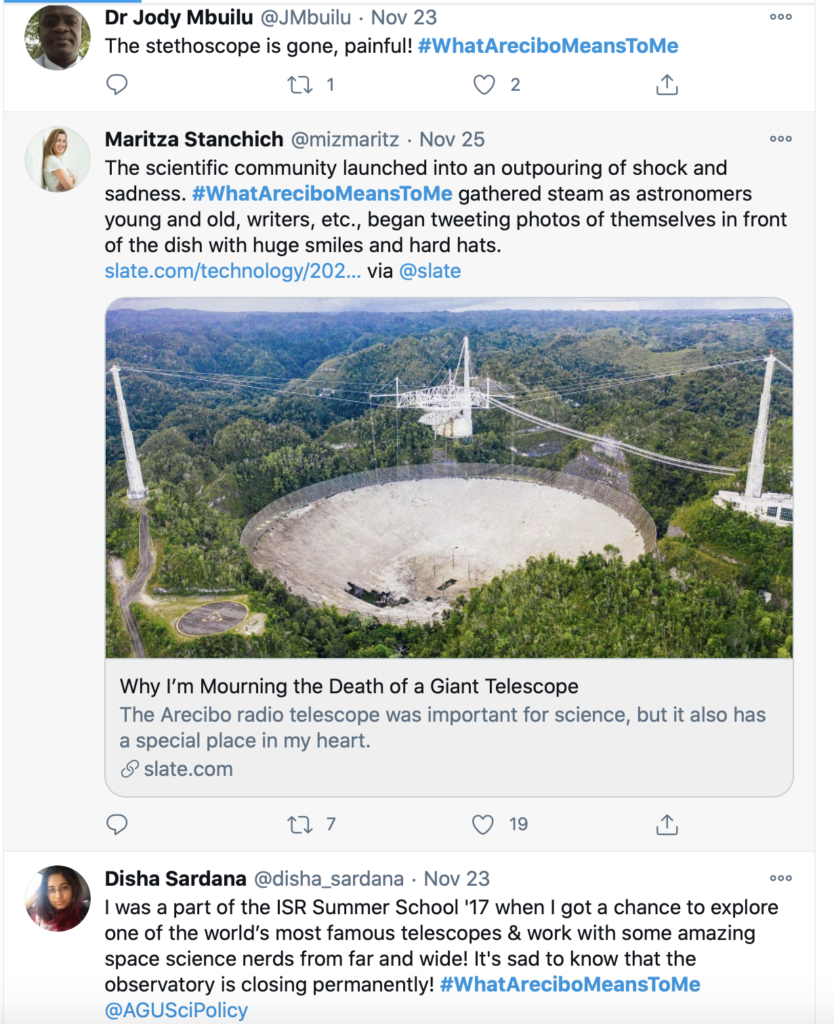

If DNA damage occurs anyway, cells pause momentarily and carry out repairs, synthesising new building blocks and filling in the gaps.ĭespite the central role of cellular metabolism in maintaining genome integrity, there has been no systematic, unbiased study on how metabolic perturbations affect the DNA damage and repair process. Antioxidant enzymes are deployed to mop up reactive oxygen species at their source before they reach DNA, a defensive strategy that protects the roughly 3 billion nucleotides from suffering potentially catastrophic mutations. Just how buildings collapse from the cumulative effect of rust, reactive oxygen species threatens a genome's integrity.Ĭells are thought to delicately balance their energy needs and avoid damaging DNA by containing metabolic activity outside the nucleus and within the cytoplasm and mitochondria. These reactions also create reactive oxygen species, dangerous by-products like hydrogen peroxide which damage the building blocks of DNA in the same way oxygen and water corrode metal and form rust. The findings can help guide future lines of cancer research by offering new clues to overcome drug resistance and eventually the design of new treatmentsĪ typical human cell is metabolically active, roaring with chemical reactions that convert nutrients into energy and useful products that sustain life. The findings represent a paradigm shift because the nucleus has been historically considered to be metabolically inert, importing all its needs through supply chains in the cytoplasmĬancer hijacks cellular metabolism for unfettered growth. In a state of crisis, such as widespread DNA damage, the nucleus protects itself by appropriates mitochondrial machinery to carry out urgent repairs that threaten the genome's integrity Drake also reported that the observatory "will likely be serving as a FEMA emergency center," helping out members of the community who lost their homes in the storm.The human nucleus is metabolically active, according to the findings of a new study in Molecular Systems Biology by researchers at the CRG in Barcelona and CeMM/Medical University of Vienna, National Geographic's Nadia Drake, who has been in contact with the observatory and has provided extensive updates via Twitter, reported that "some staff who have lost homes in town are moving on-site" to the facility, which weathered the storm pretty well overall. And with roads still blocked by fallen trees and debris, transporting supplies to people in need is no simple task. Power has yet to be restored to the island since the storm hit, and people are running out of fuel for generators. "Still standing after Hurricane Maria!" Córdova wrote in the post.ĭespite Córdova's optimistic message, staff members and other residents of Puerto Rico are in a pretty bad situation. "So far, the only damage that's confirmed is that one of the line feeds on the antenna for one of the radar systems was lost," he added.Īlong with the aforementioned Facebook post, Córdova shared a photo of two Arecibo employees standing in front of the damaged telescope dish and holding up the flag of Puerto Rico. "There was some damage to it, but not a lot," Nicholas White, a senior vice president with USRA, told NPR. However, officials are now saying that the damage to this secondary dish wasn't quite as serious as they thought.

Despite Córdova's optimistic message, staff members and other residents of Puerto Rico are in a pretty bad situation. 22) by officials with the Universities Space Research Association (USRA), which helps to run the observatory. Last week, officials reported that a 96-foot (29 meters) line-feed antenna that was suspended from a platform above the telescope's dish had broken off and punctured some of the mesh panels that make up the 1,000-foot (305 m) dish below.Ī smaller, secondary dish located nearby on the premises was reported "lost" on Friday (Sept. While Puerto Rico suffered catastrophic damage across the island, the Arecibo Observatory suffered "relatively minor damages," Francisco Córdova, the director of the observatory, said in a Facebook post on Sunday (Sept.

Maria hit the island as a Category 4 hurricane, leaving behind a swath of downed trees, battered buildings and gushing rivers running through the streets. The Arecibo Observatory contains the second-largest radio telescope in the world, and that telescope has been out of service ever since Hurricane Maria hit Puerto Rico on Sept.


 0 kommentar(er)
0 kommentar(er)
